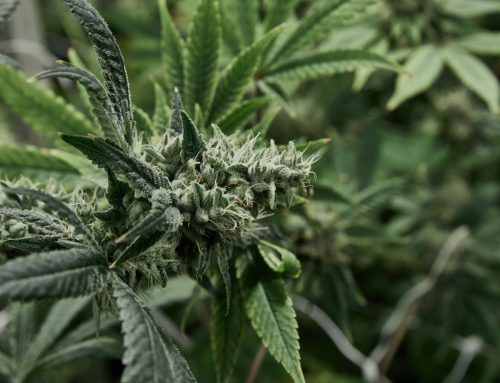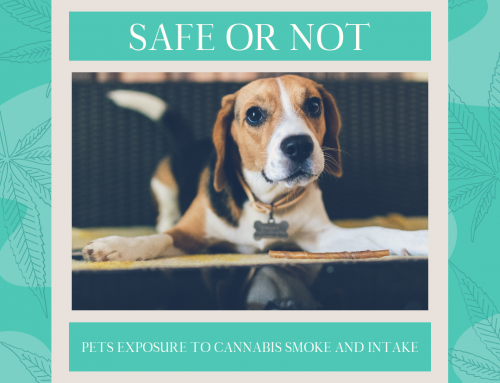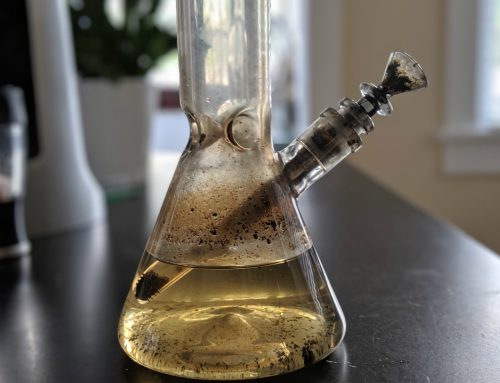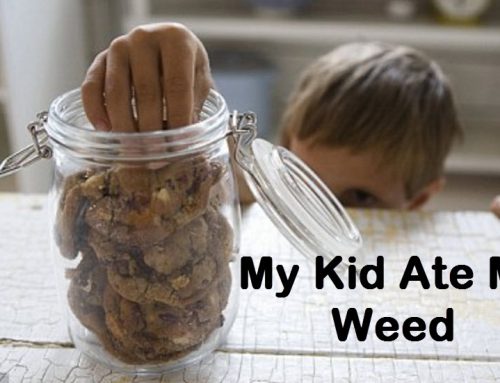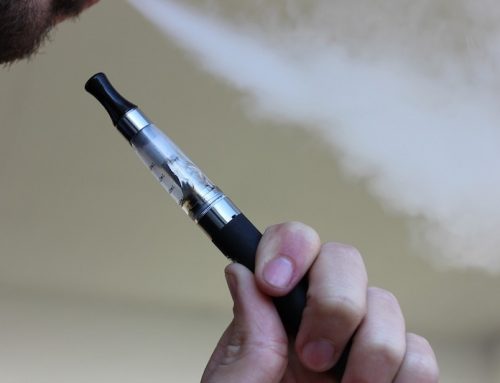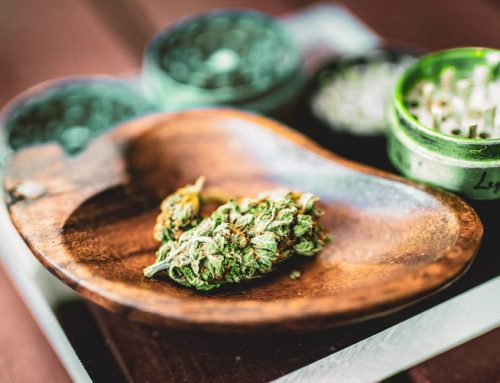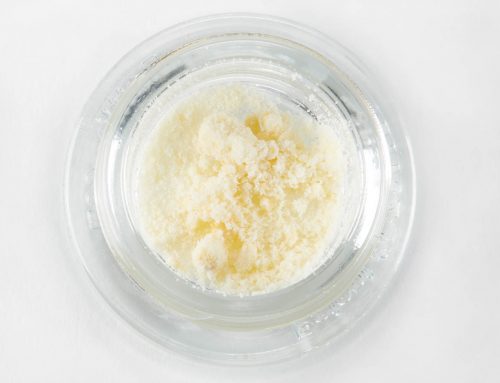As far as those on the critical side of the fence are concerned, one of the strongest arguments against cannabis legalization is the way in which it could lead to a huge spike in user numbers. Not that this would necessarily be a bad thing, given the way it has been proven time and time again that cannabis is considerably less harmful than alcohol and tobacco. Nevertheless, they see the idea of more cannabis users on a much wider basis being less than a good thing. Hence, the argument for keeping marijuana restricted and/or illegal.
Of course, those who support cannabis legalization will happily preach to the contrary until the cows come home. They argue that free and easy access to cannabis really doesn’t have any effect on usage rates whatsoever and certainly doesn’t encourage teenage use or cannabis abuse in general. But as far as the facts go, it seems there’s actually truth on both sides of the coin.
This week, the results of a new study published in The Lancet Psychiatry show across the United States in general, there has been an increase in cannabis consumption between the years 2002 and 2014 of around 3%. Specifically, the average back in 2002 was 10.4% of adults, which is now known to have increased to 13.3% as of 2014. Given the way in which legal restrictions and social attitudes to cannabis changed so spectacularly during this period, it really isn’t an enormous increase at all. Nevertheless, it serves as additional fuel for the fire for those looking to keep cannabis off the streets – evidence suggesting that yes…legalization of cannabis has indeed led to an increase in user numbers.
But it’s not quite as simple as this, as while cannabis usage rates may have increased, there has actually been a marked reduction in cannabis abuse in the United States. Abuse referring to excessive, habitual or addictive use of marijuana to such an extent that it has a detrimental effect on the life of the individual in question. While there’s no denying the fact that the general cannabis usage rate may have increased by 3%, the cannabis abuse rate in the US plummeted by a whopping 30% during the same period. Whereas 16.7% of cannabis users were technically classified as dependant in 2002, it’s now fallen to a much lower 11.9% as of 2014.
So while there is clearly more of the stuff being used, cannabis abuse has dropped dramatically since legalization.
Which begs the question – what gives?
An Interesting Paradox
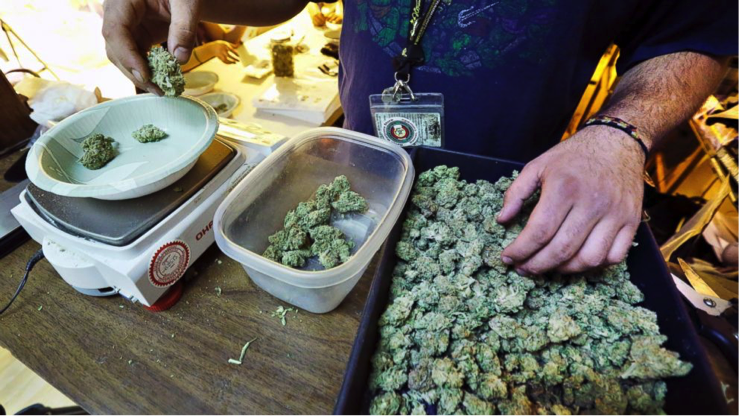
As far as most experts are concerned, whatever it is that has influenced such a marked reduction in cannabis abuse is largely inconsequential. Realistically, all that matters is it seems to be working. When previous studies looked at the way in which cannabis abuse was changing over time, it found that there was little to no movement in either direction. Between 1991 and 2001 for example, there was almost no difference whatsoever in marijuana abuse rates across the United States. Which would seem to suggest that contrary to the opinions and warnings of critical contingencies, legalization of cannabis is helping quell the problem of cannabis addiction.
As far as the results from the latest study go, the results were produced by using data from just under 600,000 American adults, in order to track their cannabis usage over the past decade. The participants were polled and asked to provide honest answers under the guarantee of total anonymity. As far as the specifics uncovered by the study, here’s a roundup of just a few key findings:
- In 2002, the percentage of Americans who had used cannabis in the previous year was 10.4 per cent
- In 2014, that number rose to 13.3 per cent
- In 2002, the number of cannabis users in the U.S. was about 21.9 million
- In 2014, that number rose to 31.9 million
- In 2002, the number of daily or near-daily cannabis consumers was 3.9 million
- In 2014, that number rose to 8.4 million
- In 2002, the number of first-time cannabis novice was 823,000
- In 2014, there were 1.4 million first-time cannabis consumers
Once again therefore, it is clear to see that there has been a significant increase in the number of cannabis users across the United States – exactly as predicted by anti-cannabis campaigners.
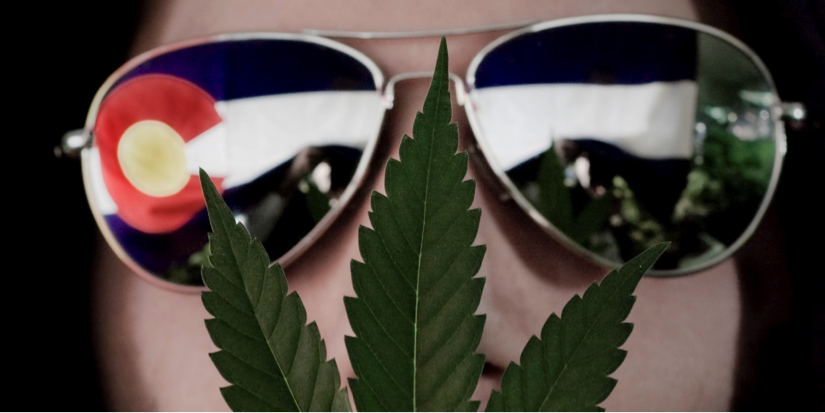
The number of Americans in the general population who met the diagnostic criteria for cannabis dependence, Compton reported, dropped from 1.8 percent in 2002 to 1.6 percent in 2014. Nevertheless, problematic cannabis use and dependency have both fallen in the meantime. As far as public health groups are concerned, problematic cannabis use refers to any instance where use of marijuana leads to negative consequences at home, school or at work, the inability to cut down or quit despite trying, the suffering of unpleasant physical or psychological side effects, resorting to extreme measures to raise money to obtain cannabis or any other signs of addictive or compulsive behaviour.
Unsurprisingly, critics have been extremely vocal over recent years with regard to exactly how damaging the legalization of cannabis could be for younger adults and teenagers. Interestingly however, the results of this particular study showed that in terms of declines in cannabis abuse, the biggest reduction of all came in the teenage group. Compared to 10 years ago, the average abuse rate among teenagers had plummeted by no less than 37%. In the case of younger adults, a decrease of around 18% in cannabis abuse was recorded over the same period.
So once again, we are left with the same interesting yet semi-perplexing questions as to what it all means.
Well, as far as leading experts and psychologists are concerned, the simple answer lies in the way in which people in general view, approach and make use of substances that are illegal or legal. Roughly translated, it is widely believed that when a drug or substance is legalized, it is considerably less likely that the average individual will fall into harmful consumption habits. In the case of cannabis, legalization entirely removes the element of rebelliousness from the equation, when it comes to younger and more impressionable individuals. Likewise, the freedom to buy, use and in some areas grow cannabis for personal use removes the requirement to both keep things behind closed doors and binge every time there is the opportunity. Instead, those wishing to use cannabis can do so on a more relaxed, controlled and paced basis.
A Major Shift

Above and beyond availability and accessibility, many experts believe that the positive progress in terms of cannabis abuse can be attributed almost entirely to an important shift in society. Back in 2002, any kind of crime involving marijuana was taken extremely seriously and even medicinal cannabis was only permitted in any way in eight states. Most North American states continued to press for stronger controls and punishments for cannabis offenders, which peaked in the year 2007 with more than 870,000 cannabis-related arrests. Since then, things have been declining significantly each and every year.
Back in these days, and despite overwhelming evidence to the contrary, the United States government regarded cannabis as a product of 100% negative and harmful properties, with no redeeming qualities whatsoever. As such, those in any way involved in its production or distribution were dealt with severely. Consequently, most of the cannabis scene in the United States remained entirely underground, with cannabis users in general being regarded as hopeless drug addicts. The fact that cannabis remains categorised under the same banner as heroin and cocaine even to this day is nothing short of ridiculous.
Still, what’s at least happening these days is the kind of research into marijuana’s incredible medicinal and beneficial properties in general. When it comes to explaining the growing number of cannabis users across the United States, common sense would seem to dictate that hundreds of thousands of medicinal cannabis users now accessing marijuana 100% legally have contributed significantly to the increase. Which makes it considerably easier to understand why despite a clear spike in marijuana use rates, cannabis abuse is actually on the decline…heavily.
An On-going Trend

Exactly what the future has in store remains to be seen. But at the same time, it can only be predicted that as medicinal and recreational cannabis become more readily available in more American states, the trend we’ve seen so far will only continue. The simple fact of the matter is that doctors and health experts in growing numbers are crying out, both for more research into medicinal cannabis and for it to become more widely available across the country. And when this happens, user numbers will of course take an enormous leap once again.
The only difference being that while cannabis critics insist that an increase in user numbers is a bad thing, they’re clearly not taking into account those that rely on medical marijuana to help them live normal, pain-free lives.

